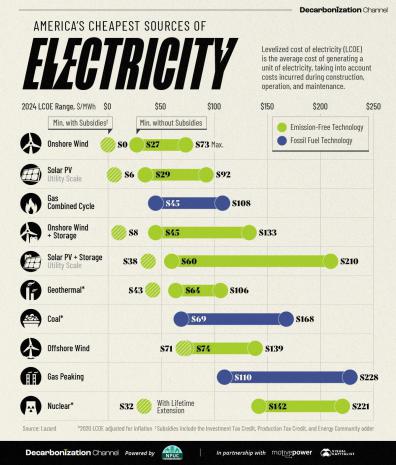
Breaking News
 Candace Owens FACE TO FACE meeting with Erika Kirk Goes Viral
Candace Owens FACE TO FACE meeting with Erika Kirk Goes Viral
 The Global Push for Government Mandated Digital IDs And Why You Should Worry
The Global Push for Government Mandated Digital IDs And Why You Should Worry
 Update on the homestead...Turning dollars into completed projects.
Update on the homestead...Turning dollars into completed projects.
 Tanning beds mutate nearly your entire skin and triple melanoma risk
Tanning beds mutate nearly your entire skin and triple melanoma risk
Top Tech News
 This tiny dev board is packed with features for ambitious makers
This tiny dev board is packed with features for ambitious makers
 Scientists Discover Gel to Regrow Tooth Enamel
Scientists Discover Gel to Regrow Tooth Enamel
 Vitamin C and Dandelion Root Killing Cancer Cells -- as Former CDC Director Calls for COVID-19...
Vitamin C and Dandelion Root Killing Cancer Cells -- as Former CDC Director Calls for COVID-19...
 Galactic Brain: US firm plans space-based data centers, power grid to challenge China
Galactic Brain: US firm plans space-based data centers, power grid to challenge China
 A microbial cleanup for glyphosate just earned a patent. Here's why that matters
A microbial cleanup for glyphosate just earned a patent. Here's why that matters
 Japan Breaks Internet Speed Record with 5 Million Times Faster Data Transfer
Japan Breaks Internet Speed Record with 5 Million Times Faster Data Transfer
 Advanced Propulsion Resources Part 1 of 2
Advanced Propulsion Resources Part 1 of 2
 PulsarFusion a forward-thinking UK aerospace company, is pushing the boundaries of space travel...
PulsarFusion a forward-thinking UK aerospace company, is pushing the boundaries of space travel...
 Dinky little laser box throws big-screen entertainment from inches away
Dinky little laser box throws big-screen entertainment from inches away
 'World's first' sodium-ion flashlight shines bright even at -40 ºF
'World's first' sodium-ion flashlight shines bright even at -40 ºF
These Are America's Cheapest Sources Of Electricity In 2024

This chart, created by Visual Capitalist's Selin Oguz and Ryan Bellafontaine, in partnership with the National Public Utilities Council, shows which electricity sources are the most and least expensive in 2024, using data by Lazard.
Onshore Wind and Solar: A Bargain with Subsidies
Onshore wind power effectively costs $0 per megawatt-hour (MWh) when subsidies included in the Inflation Reduction Act, such as the Investment Tax Credit, Production Tax Credit, and Energy Community Adder, are applied.
Demand for storage solutions is rising quickly. If storage is included, the minimum cost for onshore wind increases to $8 per MWh. Offshore wind, while more expensive, still presents a competitive option at a minimum of $71 per MWh with subsidies.
*2020 LCOE adjusted for inflation
Solar photovoltaics (PV) have similarly attractive economics.
With subsidies, the minimum cost is $6 per MWh. When including storage, $38 per MWh. Notably, the maximum cost of solar PV with storage has significantly increased from $102 in 2023 to $210 in 2024, although the cost of solar alone is still 83% cheaper in 2024 than it was in 2009, according to Lazard.
The inflation of 2022–2023 took a toll on solar PV and onshore wind, pushing their maximum unsubsidized costs back up to where they were in 2013 and 2015, respectively. However, solar PV dropped by $4 and onshore wind by $2 from 2023–2024.




